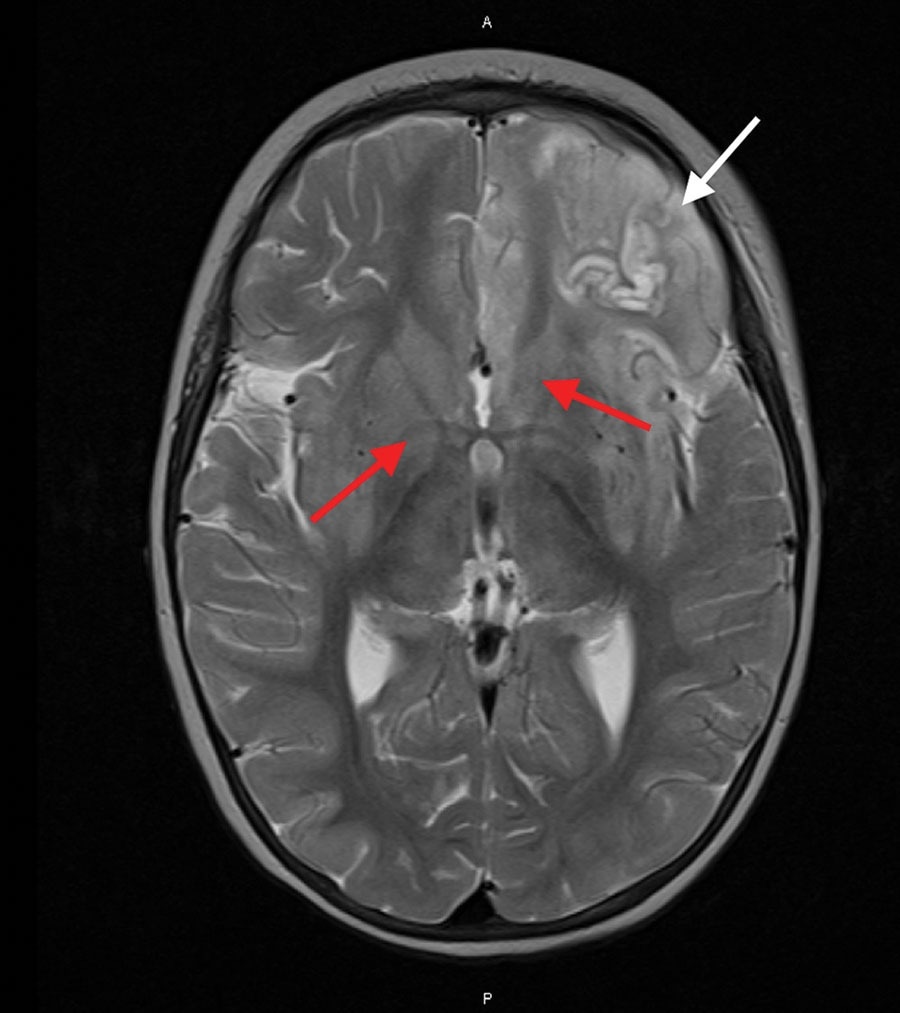In a latest case report revealed within the journal Rising Infectious Illnesses, researchers described a neurologic illness brought on by pigeon avian paramyxovirus kind 1 (PPMV-1) that led to the demise of an immunocompromised toddler in Australia. They discovered hypothesis-free metagenomic testing to be a useful gizmo for diagnosing undefined etiologies, as on this case.
Analysis: Deadly Human Neurologic An infection Brought on by Pigeon Avian Paramyxovirus-1, Australia. Picture Credit score: THANAN KONGDOUNG / Shutterstock
Background
Avian paramyxovirus kind 1 (APMV-1) is a single-strand RNA virus recognized to trigger Newcastle illness, an infectious illness with neurologic, digestive, and respiratory manifestations in birds. In people, this zoonotic illness often manifests as delicate conjunctivitis and isn’t deadly. Within the current case, researchers reported the neurologic illness brought on by a pigeon variant of APMV-1 (PPMV-1), primarily unfold by pigeons and doves, that resulted within the demise of an immunocompromised pediatric affected person.
The case
A 2-year-old feminine with a historical past of pre-B cell acute lymphoblastic leukemia (ALL), handled with blinatumomab six months in the past, introduced with nausea and vomiting following higher respiratory signs for 3 weeks. She had undergone the second spherical of reinduction chemotherapy with 6-mercaptopurine, cytarabine, and cyclophosphamide six weeks in the past. There was no historical past of publicity to sickness, pets, or journey. As her situation progressed within the subsequent 4 days, she developed febrile infection-related epilepsy syndrome (FIRES).
The preliminary magnetic resonance picture (MRI) of the cerebrum was unremarkable. The exams for autoimmune encephalitis have been unfavourable. Vital irritation was noticed within the central nervous system (CNS) as indicated by elevated ranges of neurotropin (1,752 nmol/L) within the cerebrospinal fluid. Exome sequencing outcomes steered no genetic abnormalities. No bacterial, fungal, viral, or mycobacterial pathogens have been present in tradition and polymerase chain response (PCR) exams.

Magnetic resonance imaging of the mind of an immunocompromised youngster with avian paramyxovirus kind 1 an infection, Australia. Picture, captured 16 days after hospital admission, exhibits predominantly left frontal and insular T2 sign hyperintensity evolving into laminar necrosis (white arrow) and hyperintensity of deep gray-matter constructions (purple arrows)
A mind biopsy adopted by staining with hematoxylin and eosin of the samples, carried out 20 days post-admission, revealed intensive cortical necrosis with restricted subpial sparing. Foamy macrophages and scattered CD3-positive T-cells changed the cortex, accompanied by gliosis. Viral inclusions, microglial nodules, or viral cytopathic results have been discovered to be absent. NeuN immunostaining indicated uncommon remaining small neurons. It is very important be aware that no viral pathogens have been detected in CSF, plasma, or mind tissue, ruling out numerous viruses, together with extreme acute respiratory syndrome coronavirus 2 (SARS-CoV-2). Damaging outcomes have been obtained for bacterial and fungal cultures, pan-mycobacterial PCR, and 16S ribosomal ribonucleic acid (RNA) PCR.
The affected person’s situation failed to enhance regardless of therapy with immunomodulators, antimicrobials, antiseizure medication, and being on a ketogenic food regimen. An MRI taken after two weeks displayed advancing and diffuse inflammatory alterations, characterised by escalating hyperintensity within the left frontal and insular T2 indicators, progressing to laminar necrosis. Moreover, T2 hyperintensity was noticed in deep gray-matter constructions.
The therapy was discontinued, and the affected person expired after 27 days of hospitalization. Though autopsy was not carried out, complete agnostic metagenomic testing and unbiased meta-transcriptomic sequencing have been carried out parallelly on the biopsied mind tissue. The outcomes revealed the dominant presence of a virulent pressure of APMV-1 and low ranges of human pegivirus (HPgV) as non-human sequences. Phylogenetic evaluation steered that the virus was from a putative Australian lineage of PPMV-1, belonging to class II, genotype VI, sub-lineage 2.1.1.2.2.
Virus-specific quantitative PCR and immunohistochemistry have been used to verify the APMV-1 an infection within the tissue pattern. Nucleoprotein clustered cells and pyramidal neurons have been noticed within the pattern tissue, and no staining was recognized within the unfavourable controls (juvenile mind and lymphoid tissue).
Dialogue
Earlier research have highlighted PPMV-1’s virulence and potential for extreme illness as in comparison with different APMV-1 genotypes. As HPgV shouldn’t be recognized to be related to human illness thus far, and no different coinfection was discovered, the demise of the affected person was attributed to encephalitis from PPMV-1 an infection within the CNS. Given the respiratory signs noticed within the youngster, the an infection is indicated to have begun within the higher respiratory tract following an inadvertent publicity to contaminated pigeon feces or fluids.
That is the primary report back to mark an affiliation between FIRES and avian viruses. As AMPV-1 has been used beforehand as an oncolytic agent, researchers within the current examine suggest cautious consideration of the virulence of assorted strains of this virus and the potential adversarial results of utilizing PPMV-1.
Conclusion
In abstract, this case highlights the complicated interaction between prior leukemia therapy, infectious triggers, and neurological problems in pediatric sufferers. It demonstrates the importance of utilizing metagenomics in figuring out novel pathogens, diagnosing complicated scientific instances, and simplifying the general workflow. Nevertheless, the combination of metagenomics in routine diagnostics is restricted by its value and the necessity for expert labor. Additional analysis and improvement addressing these challenges may assist improve the accessibility and affordability of this method, thereby enhancing affected person well being outcomes in rising infectious illnesses.

